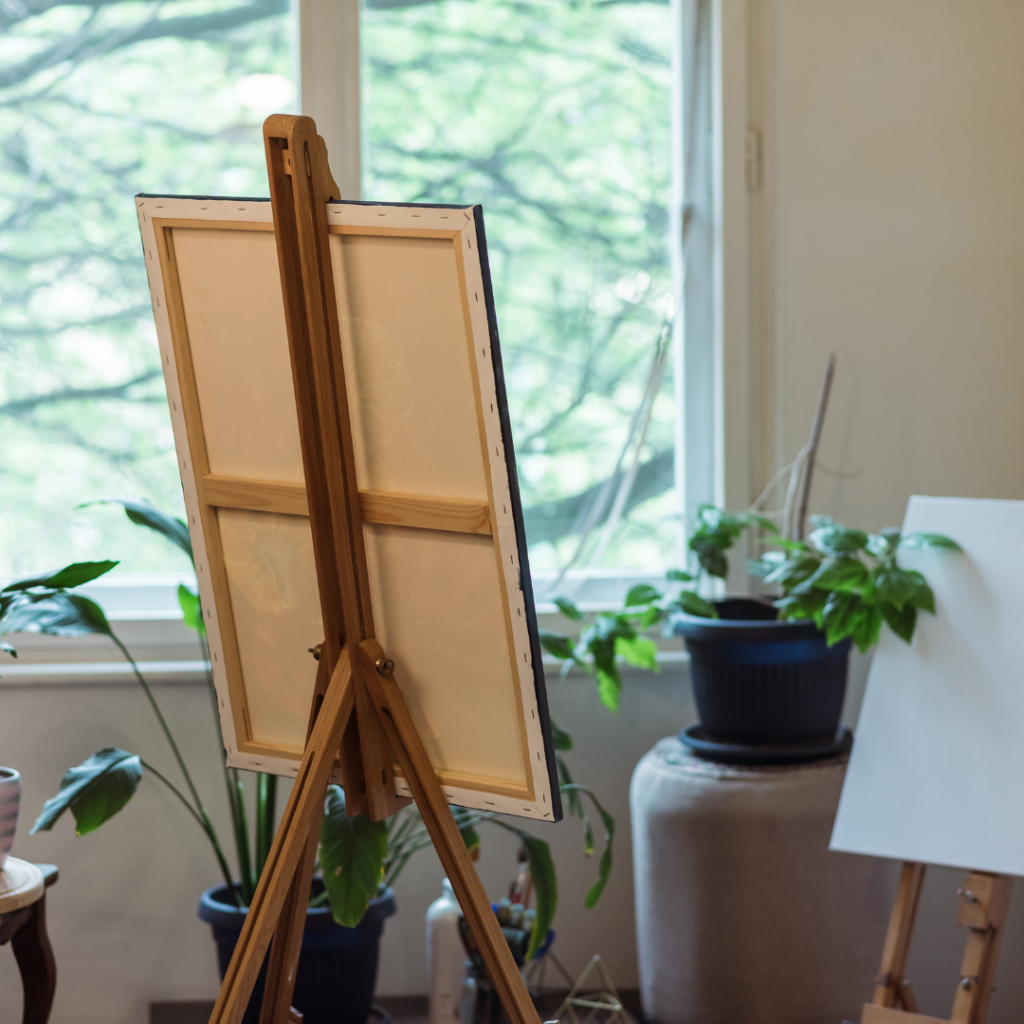
Can You Recreate Elements of Installation Art at Home?
The term “installation art” has become more and more common in recent years, but most people still don’t understand what that means. It’s not about painting on a wall and moving boxes around in your home, but instead about creating something that gets people to focus on the subject and in what sense it could be considered art, then giving people the freedom to interpret and imagine the final result.
One of the oldest arts of the world, “installation art,” is the creation of art that is installed into space, usually public or sometimes private. This can be done with any medium, from painting to sculpture, and from a single work to a massive installation.
Installation art, or at least its most prominent form, is conceptual and often interactive. The term has become so loosely used that it has lost its meaning in a lot of people’s minds. It can be anything from a sculpture to a painting to a room or even a tree, but all of them share the quality of being installed in a space and often also relative to its space. The idea is that these works are meant to be used. They are meant to be interactive and to be of use.
While the idea of a “social sculpture” has been around since the turn of the 20th century, installation art didn’t start to gain popularity until the 1960s. Artists started to focus on the idea of making art that could be experienced in three dimensions, as opposed to two-dimensional works like paintings.
Artists found a new way of using the city as a canvas, creating works that use everyday objects, and sometimes even places, as the “work.” These works have become a popular trend in the art world in the last decade, and the installation art movement is still growing today. And today, installation art is one of the most diverse and dynamic forms of contemporary art and has formed many important themes, including the environment and social issues.
This is a type of art in which an artist or group of artists produce artwork in a public space by mounting objects in the space, often but not always indoors. It can also be a form of social practice, as the work may be intended to happen in the physical space where it is exhibited, which can produce results different from those intended. Installation art is a type of public art and a form of site-specific art but differs from site-specific sculpture and site-specific art in the way that it is intended to function in the space in which it is installed. The term installation is derived from the French verb installer, meaning to place.
Installation art is challenging both artistically and technically, putting a lot of stress on the artists to complete projects on time and with high production values. It also means that artists have to give up their freedom to certain areas of their work for better control over the final product.
This type of art is usually associated with the exhibition of art Installation. Installation art is also used in a different sense by art writers, who usually divide installation art into three groups: art installation, performance art, and conceptual art. The definition of installation art is not absolute; in particular, some art installations may not have installation art elements.
Can you recreate elements of installation art for your home?
When it comes to what to do with your home, adding art might be one of the least important decisions you ever make. But, adding art to your home is a great investment, whether it’s for a completely new look or a quick makeover for your bedroom or bathroom.
If you’re into installation art and want to bring your ideas to life, there are plenty of ways to do this. Traditional methods like hanging, painting, and constructing installations are great, but they sometimes aren’t the most practical. A great alternative is to apply your creative vision to the everyday home.
Finding objects that are works of art, or at least interesting, can be something of a challenge. But it shouldn’t be—a lot of art can be found around the house and garden if you know where to look. And if you’re lucky, you might even be able to find pieces that are genuinely rare and special, just like the ones in the picture.


